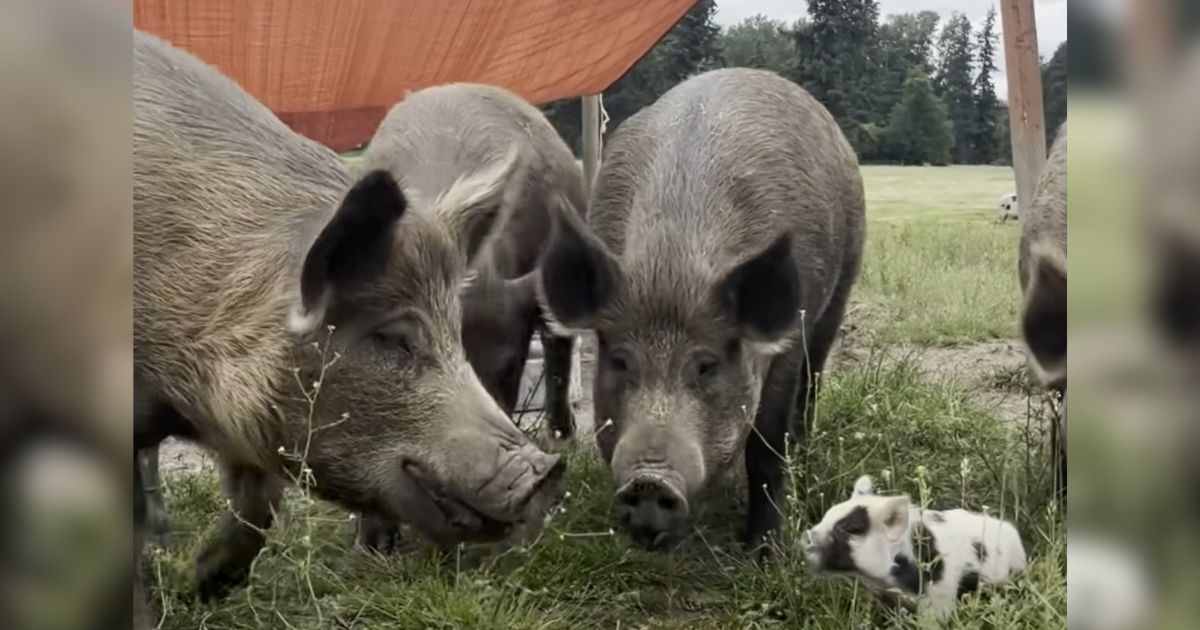In a small corner of Mississippi, a heartwarming tale unfolds with Tulip, a rescued beaver, at its center.
This story begins with Tulip being discovered alone and in poor health, but resilience and compassion soon change Tulip’s life, thanks to Holly a dedicated volunteer at Woodside Wildlife Rescue.
Holly and her family took on the noble task of nursing Tulip back to health.
They provided a unique glimpse into the dedication required for wildlife rescue.
Tulip’s journey from a sickly, lonely creature to a thriving young beaver is a story worth seeing, because it shows the intricate process of rehabilitating a wild animal.

Tulip’s story started on a somber note. Found abandoned and sick, her chances of survival seemed slim.
However, fate intervened when she was brought to Holly, a committed volunteer with Woodside Wildlife Rescue.
Holly’s family welcomed Tulip into their home, despite knowing the challenges that lay ahead.
The initial days were tough; Tulip was weak and suffering from a severe skin infection.
However, Holly’s unwavering commitment to her new charge was evident from the outset.

As Tulip began her recovery journey, she displayed typical beaver behaviors, even within the confines of Holly’s home.
Beavers are known for their industrious nature, and Tulip was no exception.
She instinctively started building dams with household items, a behavior both endearing and challenging for her human caregivers.
This quirk highlighted the blend of wild instincts and domestic environments, giving Holly a very unique way of observing beaver behavior firsthand.

Tulip’s health was a primary concern. The severe skin infection she battled required constant care and innovative solutions.
Holly’s creativity shone through when she devised the idea of using baby onesies to protect Tulip’s wounds.
This not only helped Tulip heal but also showed how caring for wildlife isn’t so straightforward.
The baby onesies became a symbol of the lengths to which Holly was willing to go to ensure Tulip’s well-being.

As the weeks turned into months, Tulip’s condition steadily improved. She gained strength and vitality, much to the joy of Holly and her family.
This period of recovery was crucial, as it prepared Tulip for the next significant phase of her life.
Holly’s backyard soon became Tulip’s new home, offering a more natural environment while still providing the safety and care she needed.
This transition marked a pivotal moment in Tulip’s rehabilitation, as she moved closer to her eventual release into the wild.

Tulip’s journey was far from over. Beavers are slow to mature, often staying with their caregivers for up to three years.
This extended period is necessary for them to develop the skills and instincts required to survive independently.
Tulip’s time with Holly would be no different, ensuring she was fully prepared for life in the wild.
This aspect of her story is a showcase of the patience and long-term commitment involved in wildlife rescue.

Despite the significant progress, challenges remained. Ensuring Tulip retained her wild instincts while living in a human-dominated environment was a delicate balance.
Holly’s dedication to maintaining this balance was evident in her approach to Tulip’s care.
The goal was always to prepare Tulip for a life of independence, respecting her natural behaviors and instincts.

As Tulip matured, her natural instincts would eventually prompt her to leave and live independently.
This innate drive is a fundamental aspect of beaver behavior, and Holly was prepared for the day Tulip would venture into the wild on her own.
This eventual separation, while bittersweet, was a great payoff to all of Holly’s efforts.
The ultimate goal of wildlife rehabilitation is to return animals to their natural habitat, where they belong.

Tulip’s story is a touching example of the dedication and love that underpin wildlife rescue.
It highlights the challenges and rewards of caring for a rescued animal, from the initial struggles to the joyous milestones of recovery and growth.
Holly’s commitment to Tulip’s well-being, creativity in overcoming health challenges, and patience in preparing her for the wild are all integral parts of this journey.
Tulip’s path to independence shows how much wildlife rescuers have their work cut out for them, and how much recognition they deserve for their work.
Watch Tulip build dams around the house and be her adorable self in the video below.
Please SHARE this with your friends and family.















